17 Top U.S. National Monuments for Your Bucket List
National monuments across the United States offer a wide mix of history, natural beauty, and cultural meaning. From towering stone formations to preserved battlegrounds and quiet desert trails, each site shares something unique. Many of these places are easy to reach and welcome visitors all year round. Whether you enjoy hiking, learning about the past, or just taking in peaceful views, there is a monument worth visiting. These spots are great for road trips, family outings, or weekend getaways. You can walk through old forts, stand beside giant trees, or explore ancient dwellings. No matter where you go, each place leaves a lasting impression.
This post may contain affiliate links, which helps keep this content free. Please read our disclosure for more info.
Statue of Liberty, New York

The Statue of Liberty stands as one of the most recognized symbols in the country. Located on Liberty Island in New York Harbor, it has greeted generations of immigrants and visitors alike. Its massive copper structure and proud stance make it a powerful sight to see up close.
Visitors can take a short ferry ride to the island and climb to the top for a stunning view. There is also a museum that shares the story of how the statue was made and what it has meant to people through the years. The entire experience feels meaningful and rooted in history.
Mount Rushmore, South Dakota
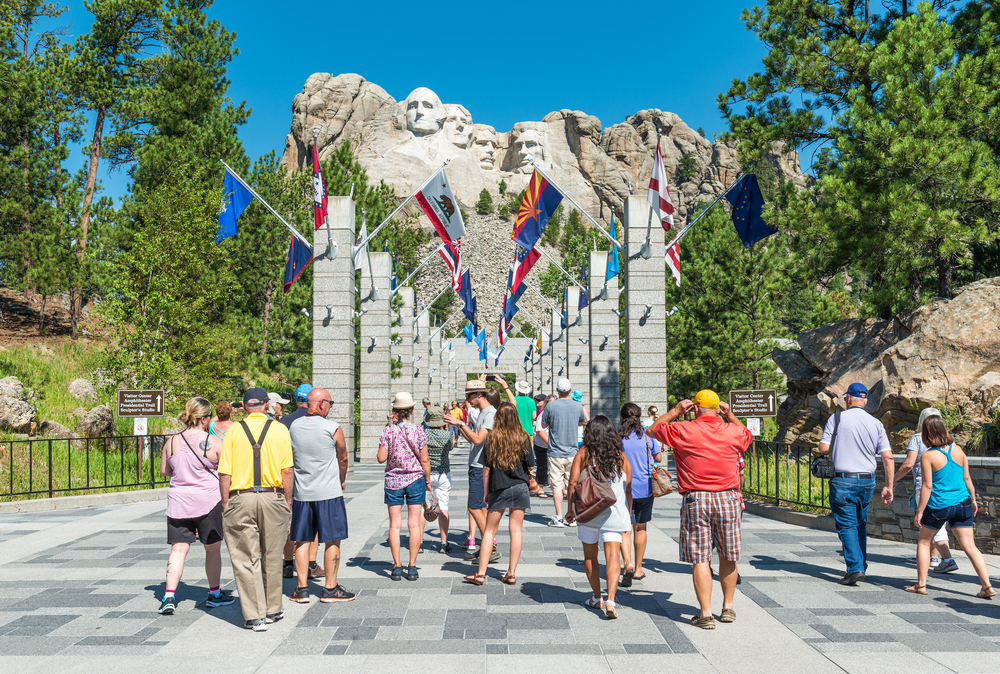
Mount Rushmore features the carved faces of four US presidents set into the granite of the Black Hills. Each face is about sixty feet tall, and the monument took more than a decade to finish. It remains one of the most visited and talked about landmarks in the country.
The monument is surrounded by trails, visitor centers, and scenic overlooks. People often stay for the nightly lighting ceremony, which adds a special touch. It is more than just a photo opportunity because the site brings history and nature together in a striking way.
Devils Tower, Wyoming
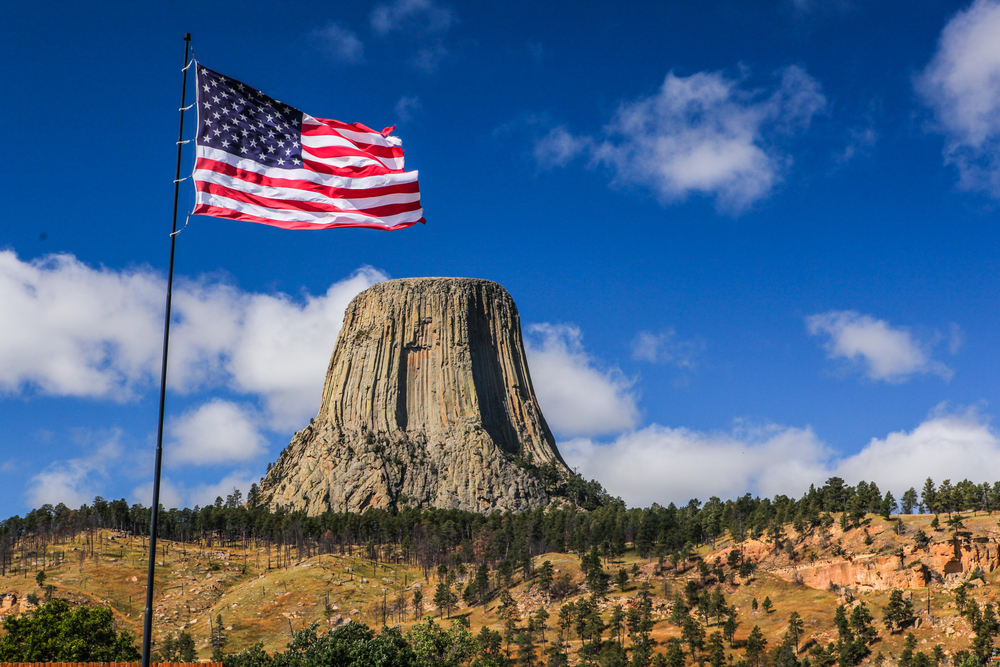
Devils Tower rises dramatically above the plains of northeastern Wyoming. Its flat top and cliffs make it easy to spot from miles away. Long before it became a monument, it was a sacred place for Native American tribes in the region.
Hiking trails wind around the base, and experienced climbers often scale the rock face. Wildlife is common in the surrounding area, so bring binoculars. It is peaceful and striking at the same time, and many people leave feeling impressed by its shape and presence.
Canyon de Chelly, Arizona
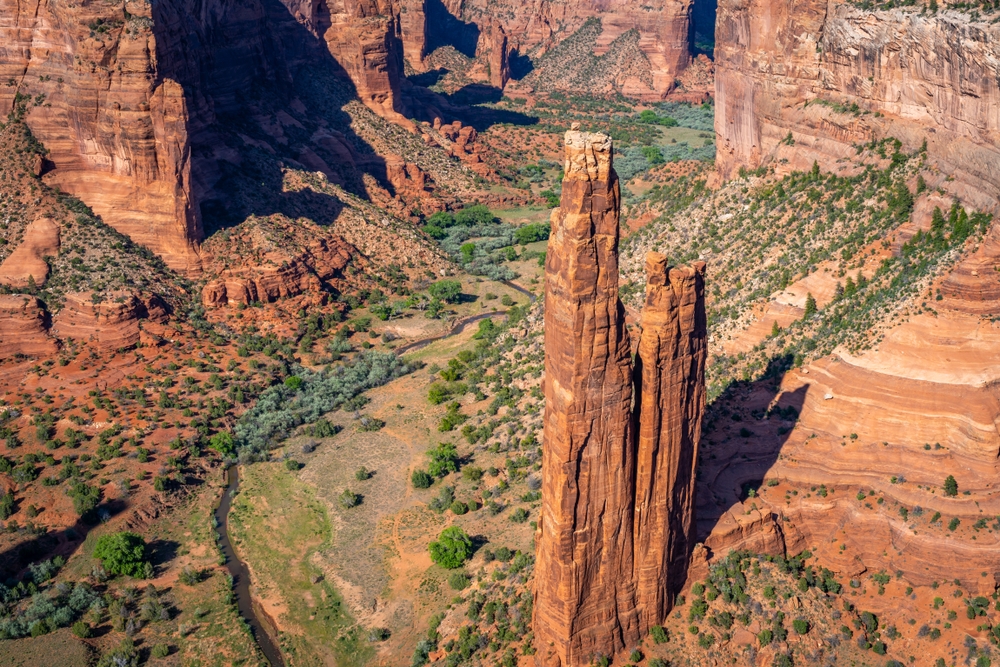
Canyon de Chelly is located within the Navajo Nation and holds deep cultural value. Unlike many parks, people still live within the canyon, carrying on generations of tradition. Red cliffs, ancient ruins, and rock art add layers to its meaning.
Guided tours by Navajo locals give visitors insight into the stories of the area. Self-guided overlooks also allow for sweeping views. It is both beautiful and personal, offering a connection to people who have cared for the land for centuries.
Bandelier National Monument, New Mexico
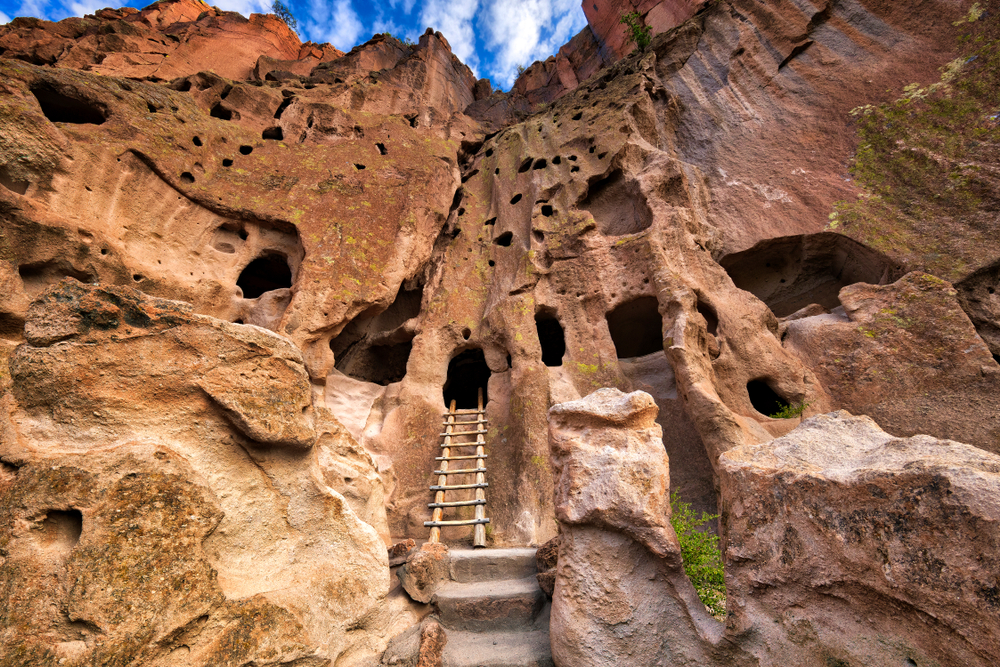
Bandelier preserves the homes and carvings of the Ancestral Puebloans who lived there nearly a thousand years ago. Cliff dwellings are tucked into the soft volcanic rock, and some are reachable by ladder. The site feels alive with signs of past life.
Trails lead through canyons and forested paths, making it a peaceful place to walk and reflect. There are also petroglyphs and other ancient markings hidden throughout the monument. It is a good choice for those who enjoy both quiet beauty and history.
Organ Pipe Cactus National Monument, Arizona

This monument protects a large stretch of the Sonoran Desert filled with tall, spiny cacti. The organ pipe cactus grows in a few places in the US, making this area stand out. The desert views change with the time of day and season.
There are scenic drives and backcountry trails that offer different ways to explore. Spring brings colorful blooms, while the cooler months are perfect for walking. It is quiet, unique, and offers a look at a desert ecosystem that few people get to see up close.
Bears Ears, Utah
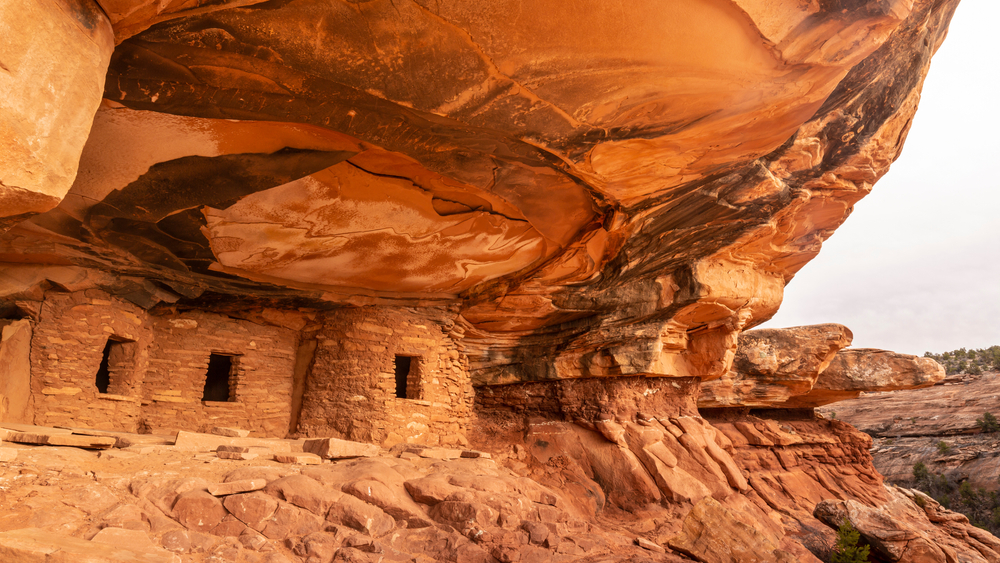
Bears Ears is rich in both natural beauty and deep cultural roots. The area holds thousands of archaeological sites, from cliff dwellings to stone tools. Many Native American tribes continue to speak out about their protection.
The landscape features red rock canyons, mesas, and hidden paths. It is a good place for quiet hikes and thoughtful exploration. The name comes from two buttes that resemble bear ears rising in the distance, offering a strong and lasting impression.
Muir Woods National Monument, California
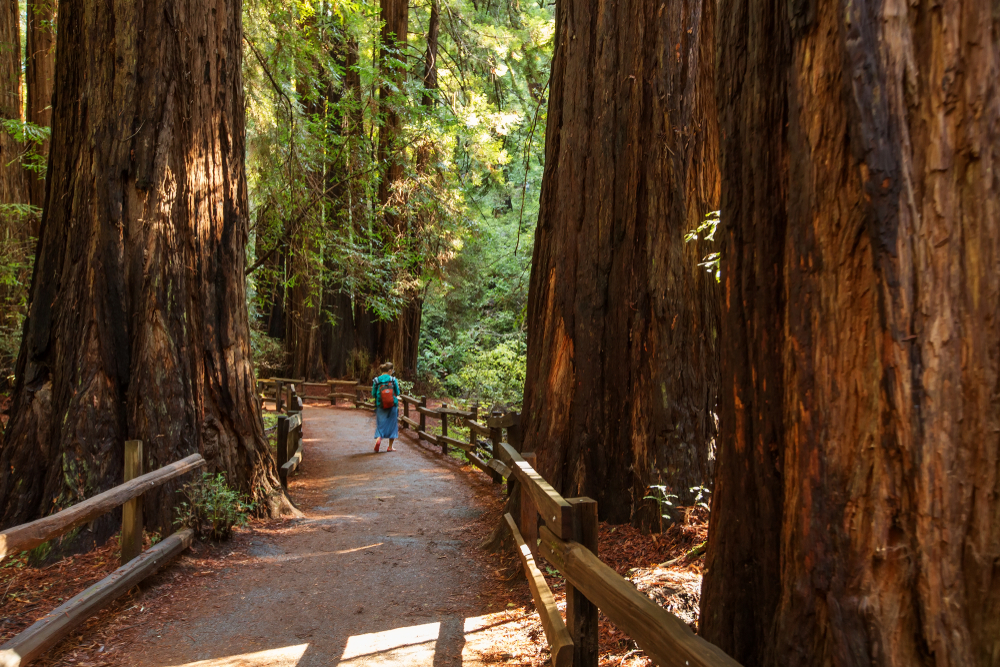
Muir Woods is home to towering redwoods just a short drive from San Francisco. These trees are tall, old, and full of character. Even on busy days, the forest has a calming feel with its soft light and quiet paths.
Boardwalk trails make it easy for people of all ages to enjoy the grove. Signs along the way share facts about the trees and the forest’s history. It is a peaceful place to breathe, slow down, and feel small in a good way.
Craters of the Moon, Idaho
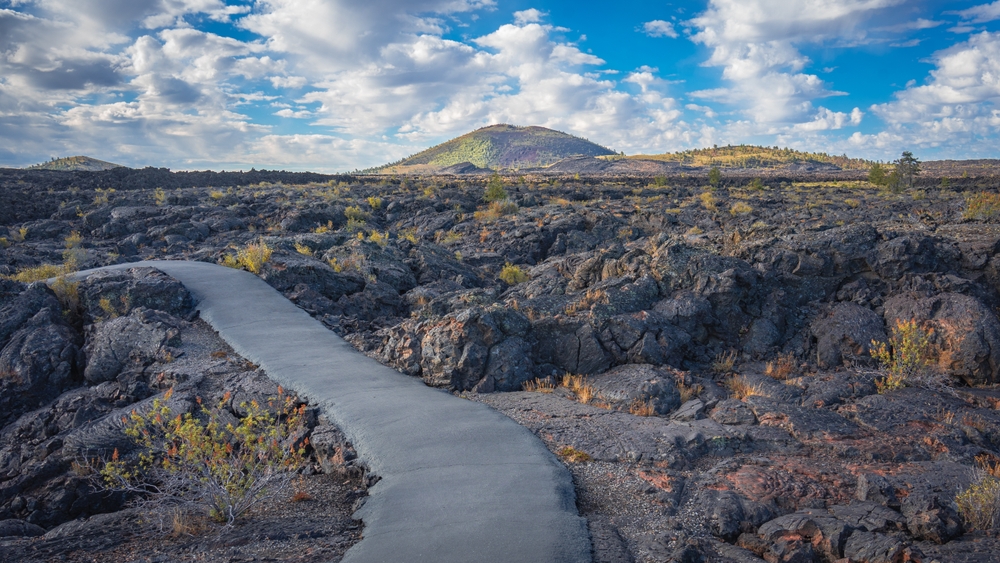
Craters of the Moon offers an otherworldly experience with its black lava fields and strange rock shapes. This vast volcanic area was formed by ancient eruptions and stretches across central Idaho. It feels like walking on a different planet.
There are short walks through lava tubes and scenic drives through the rugged terrain. During summer, wildflowers bloom in the cracks of the rock. The strange beauty of the place makes it different from any other monument in the US.
Little Bighorn Battlefield, Montana
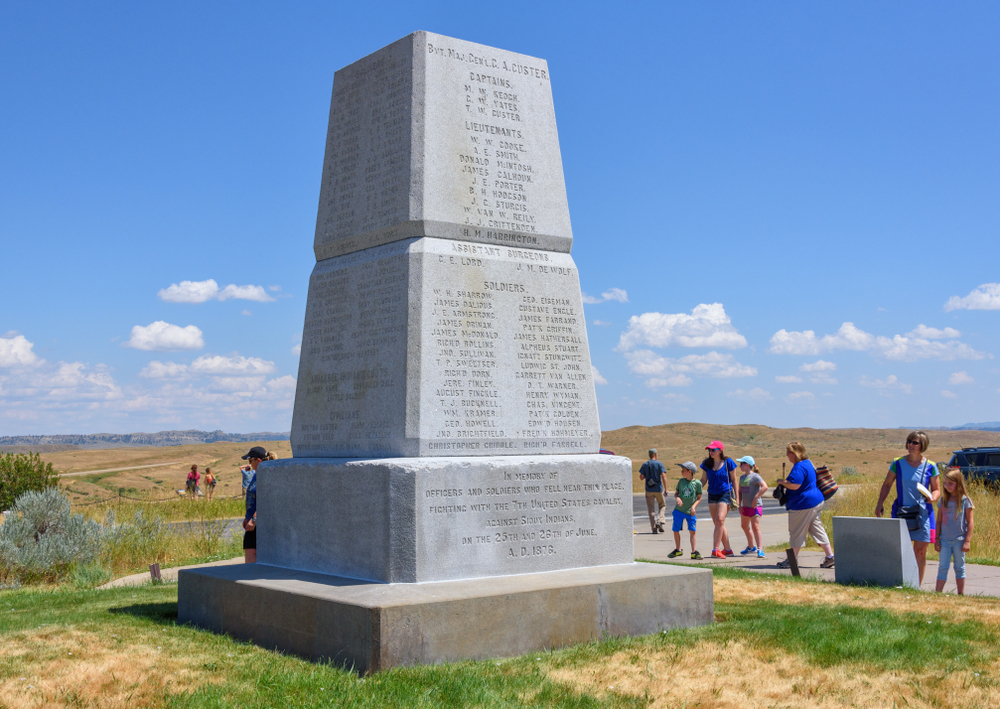
This site honors one of the most talked-about battles between the US Army and Native American tribes. The land is open and wide, and markers show where key moments took place during the fight. It is quiet now, but its past still echoes.
Visitors can take a driving tour or walk the trails to learn more. Memorials for both sides help tell a fuller story of what happened. The setting encourages reflection and respect for those who were involved.
Castillo de San Marcos, Florida
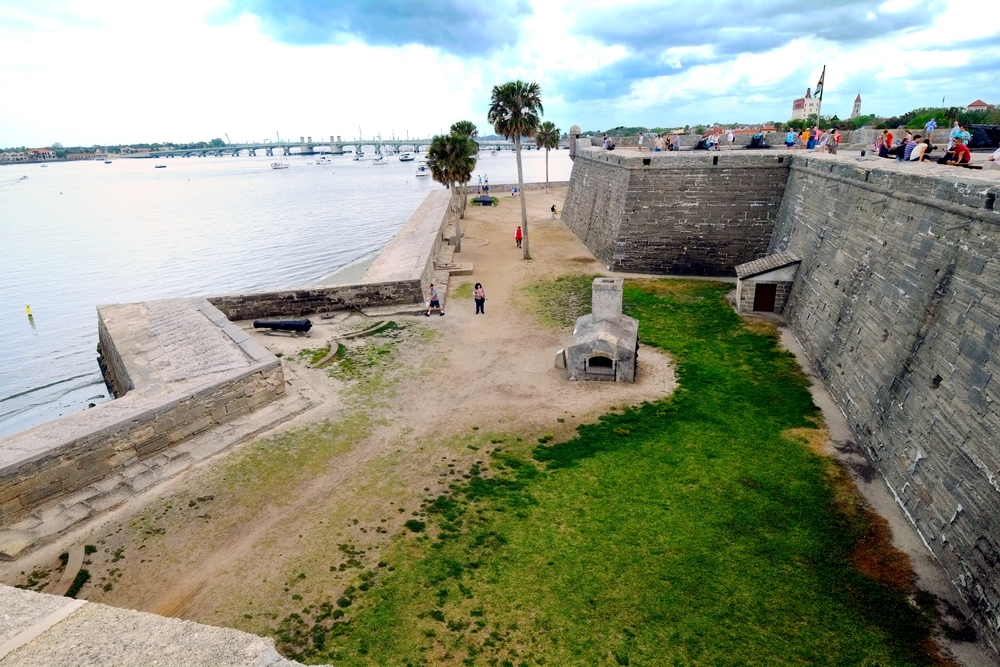
Castillo de San Marcos is the oldest masonry fort in the continental US. Built by the Spanish in the 1600s, the thick stone walls once guarded the coast of St Augustine. The fort remains well-preserved and easy to walk through today.
From the top, you can see across the water and imagine ships approaching centuries ago. Reenactments and ranger talks help explain daily life in the fort. It is an ideal place for history fans and families looking for a hands-on outing.
Kasha-Katuwe Tent Rocks, New Mexico
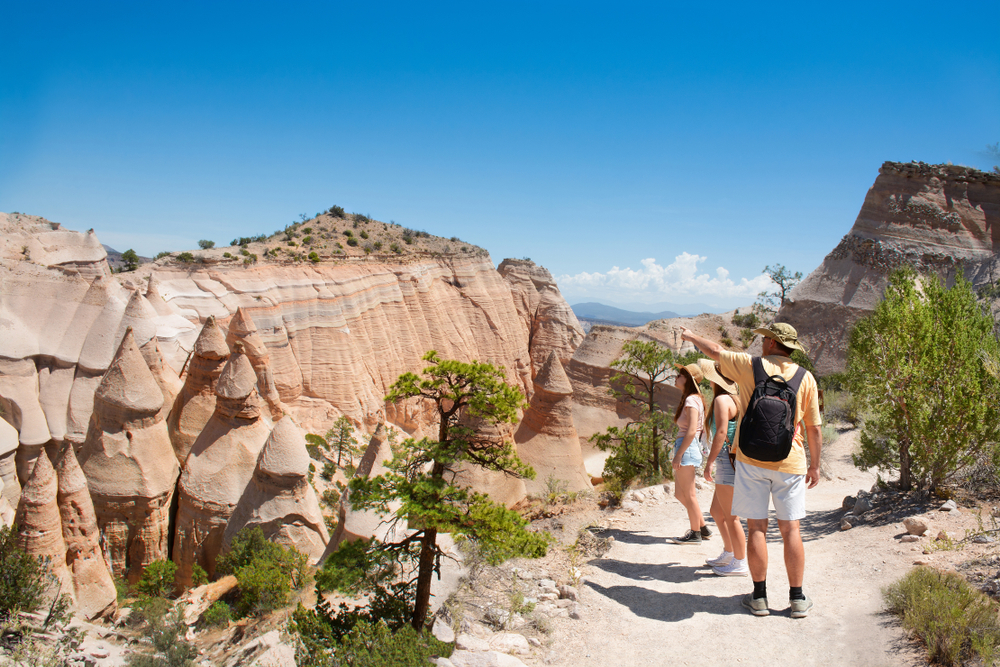
Tent Rocks is known for its cone-shaped rock formations created by volcanic eruptions long ago. These unusual shapes line narrow canyons and make every turn feel different. The contrast between the pale rock and the blue sky is striking.
A popular trail leads through a slot canyon and up to a lookout point. The path is short but full of variety, from tight squeezes to wide-open views. It is a fun hike with lots of photo-worthy moments.
Fort McHenry, Maryland
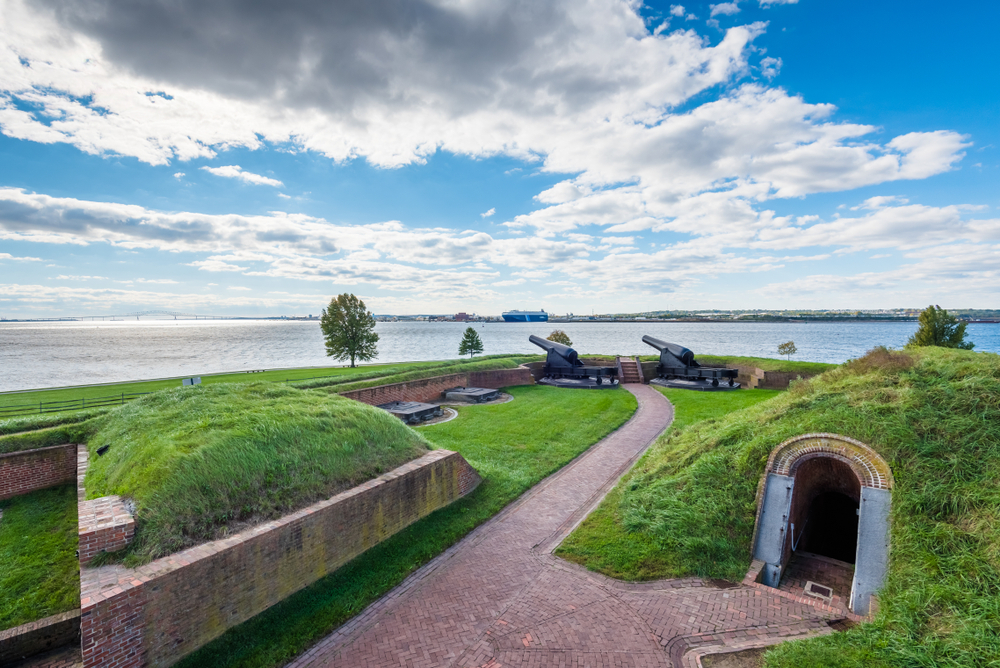
Fort McHenry played a key role in the War of 1812, and its defense inspired the writing of the national anthem. The fort still looks much like it did during that time. Cannons and flags add to the feeling of stepping back into the past.
The grounds are open for walking and picnics, and guided talks help explain what took place there. The museum shares more about the history and the people involved. It is a good mix of learning and outdoor time.
White Sands National Monument, New Mexico
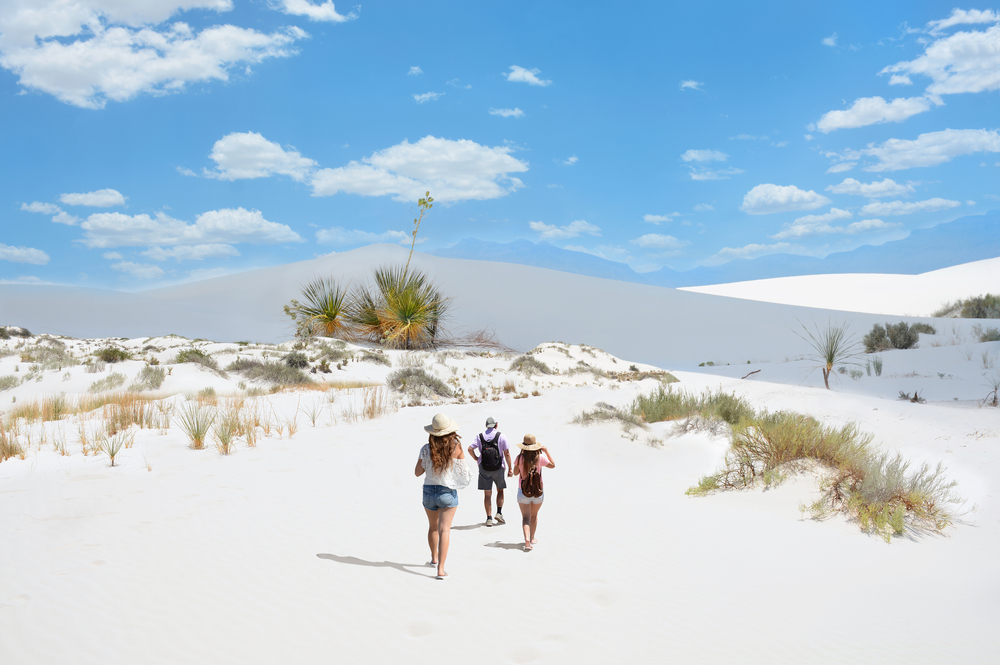
White Sands is known for its endless waves of soft white sand. These dunes stretch across a large basin and shift with the wind. The color and texture of the sand make the area feel almost like snow.
Families often bring sleds to slide down the dunes. Sunrise and sunset offer beautiful light for walking and pictures. It is a simple place that still manages to feel surprising each time you visit.
Petrified Forest National Monument, Arizona
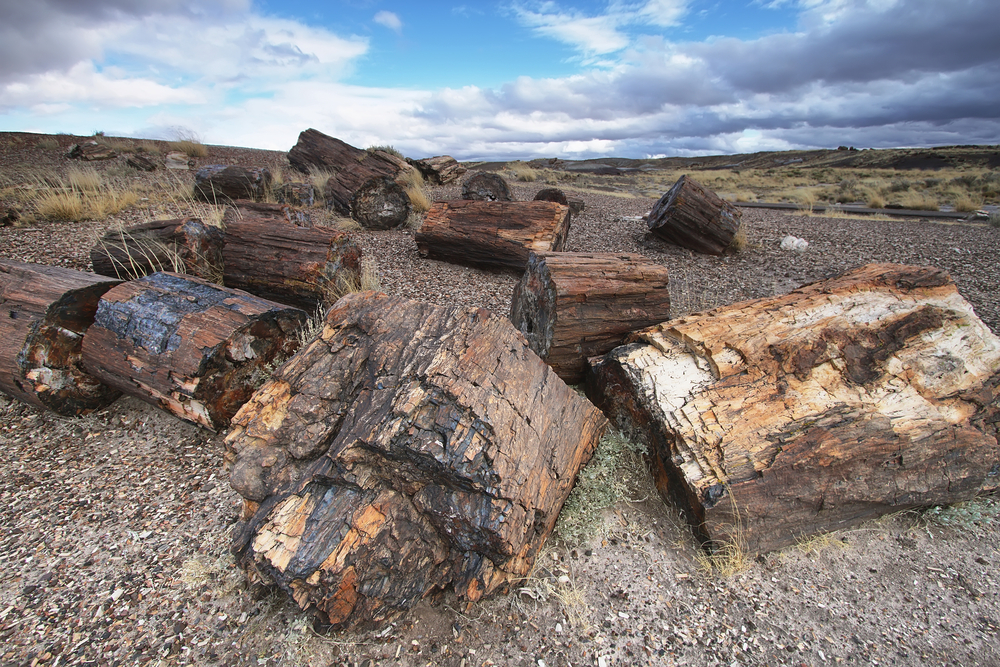
The Petrified Forest is full of ancient trees that turned to stone over millions of years. These logs lie scattered across the desert and sparkle with color in the sunlight. The area is also home to painted hills and fossil beds.
There are short walks to see the best spots, and a visitor center helps explain how the trees became what they are today. The mix of science and natural beauty makes it a great place for curious minds of all ages.
Giant Sequoia National Monument, California

This monument protects some of the largest trees on Earth. The giant sequoias tower above the forest floor and create a space that feels peaceful and strong. Many of the trees are thousands of years old.
Marked trails lead to named trees and quiet groves. Picnic areas make it easy to spend a whole day there. It is a good place to slow down and appreciate things that take a long time to grow.
Scotts Bluff National Monument, Nebraska
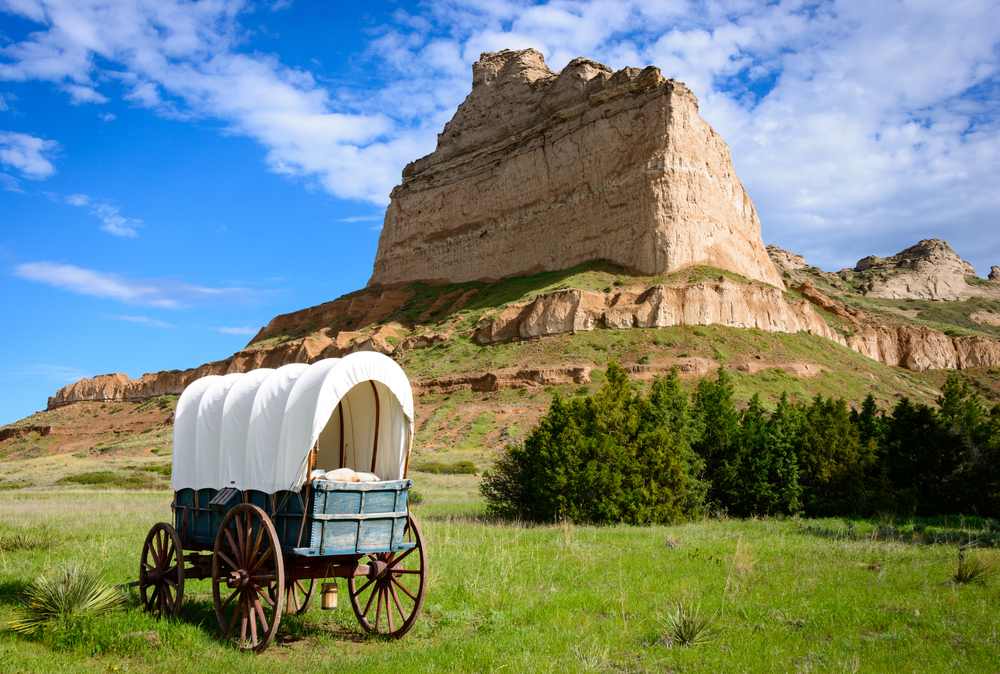
Scotts Bluff was a key landmark for people traveling west on the Oregon Trail. The tall cliffs stand out against the flat plains and were once a sign that travelers were making progress. Today, the monument offers views and stories from that time.
A paved trail leads to the top of the bluff. The visitor center includes maps, photos, and artifacts from the trail days. It is a good stop for those who want to understand what early journeys across the country were like.
This article originally appeared on Avocadu.
